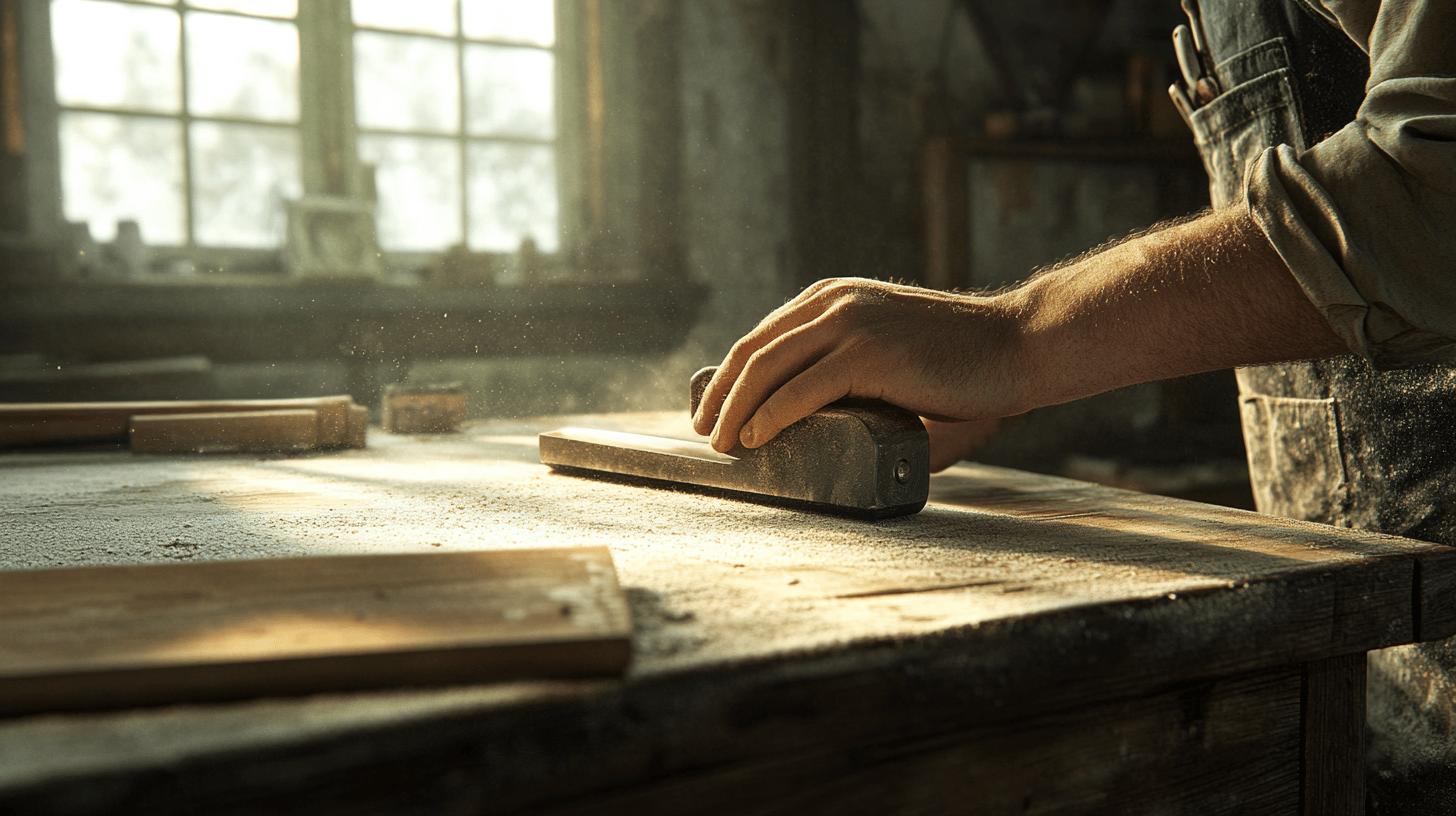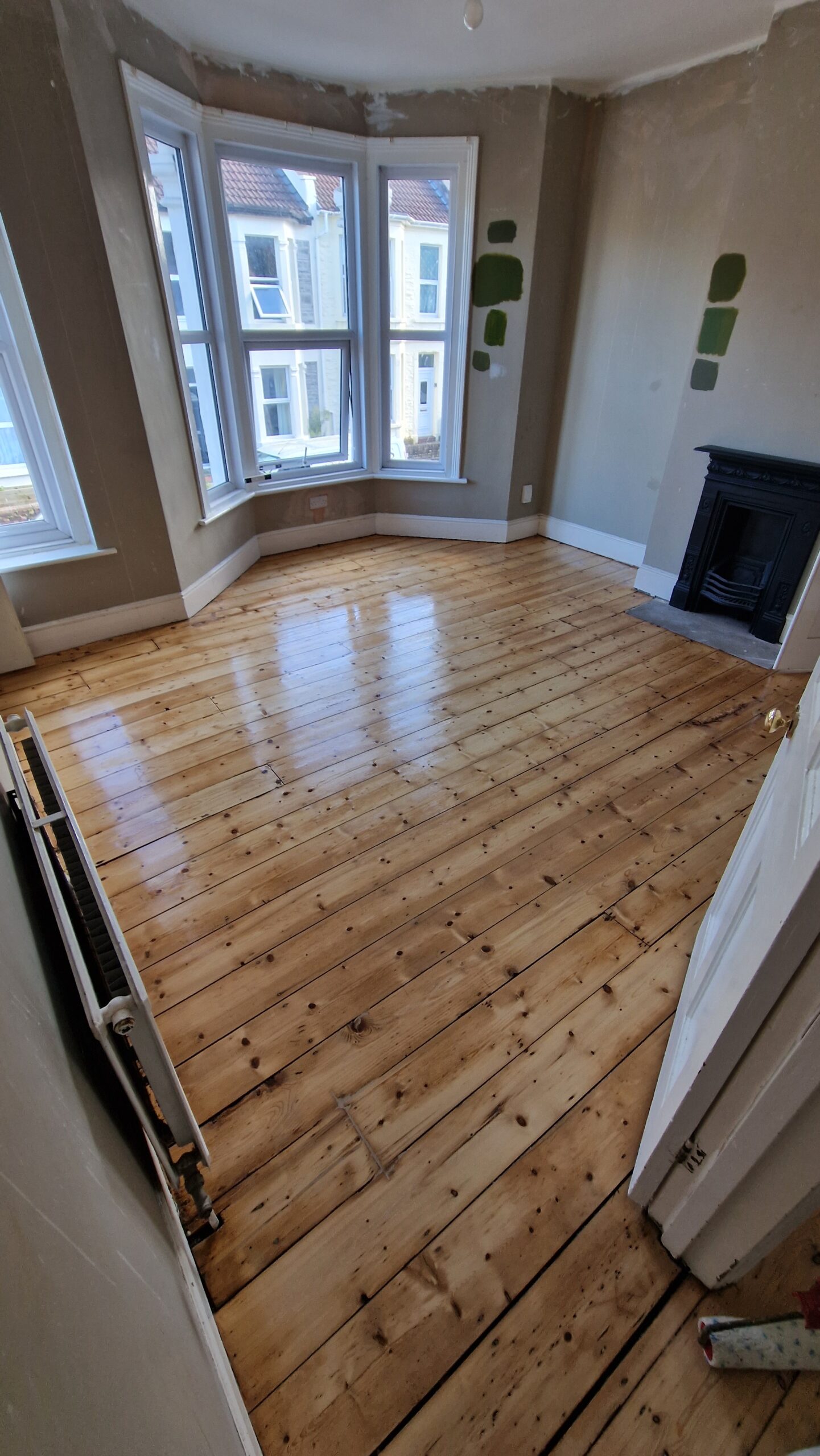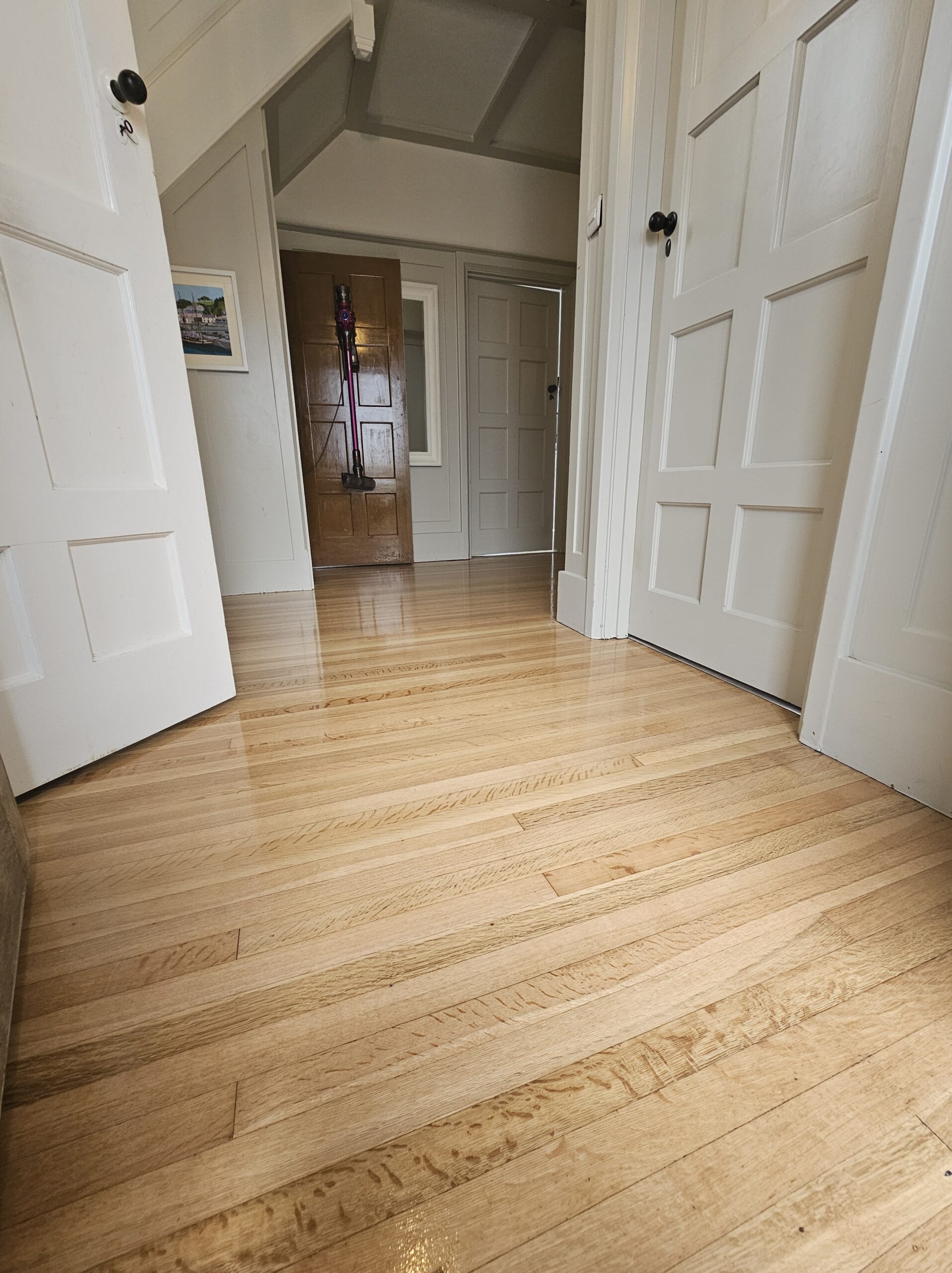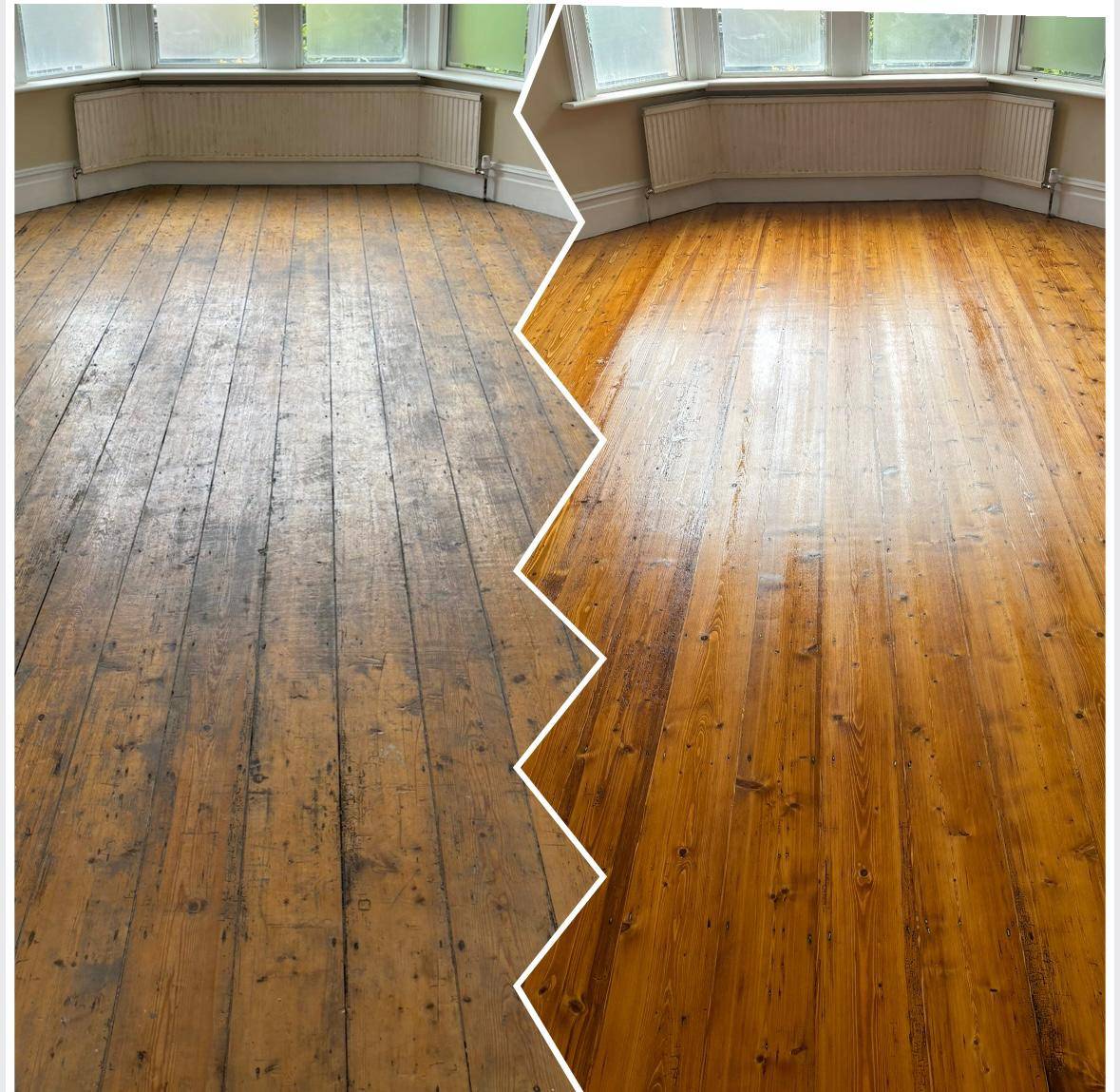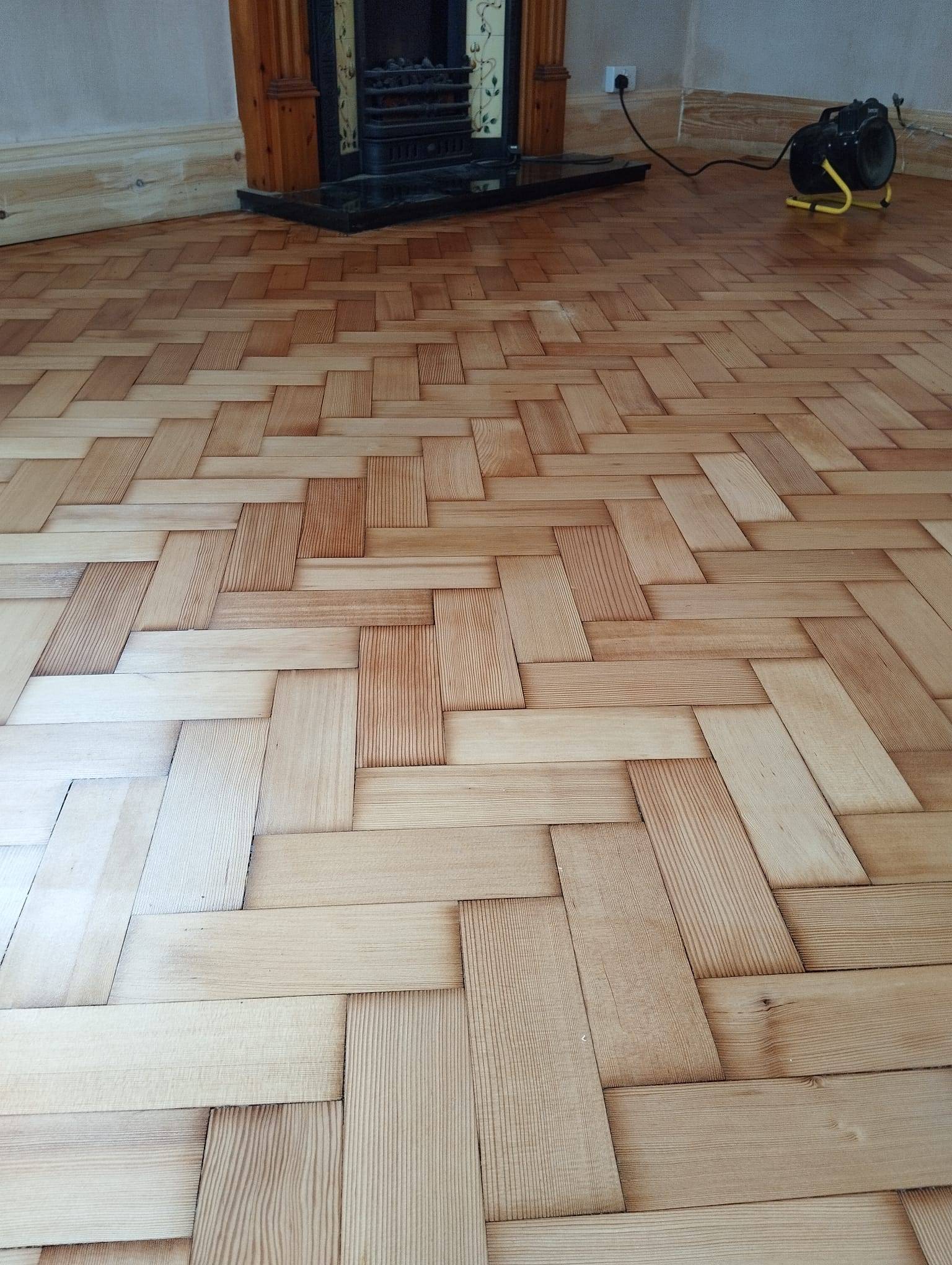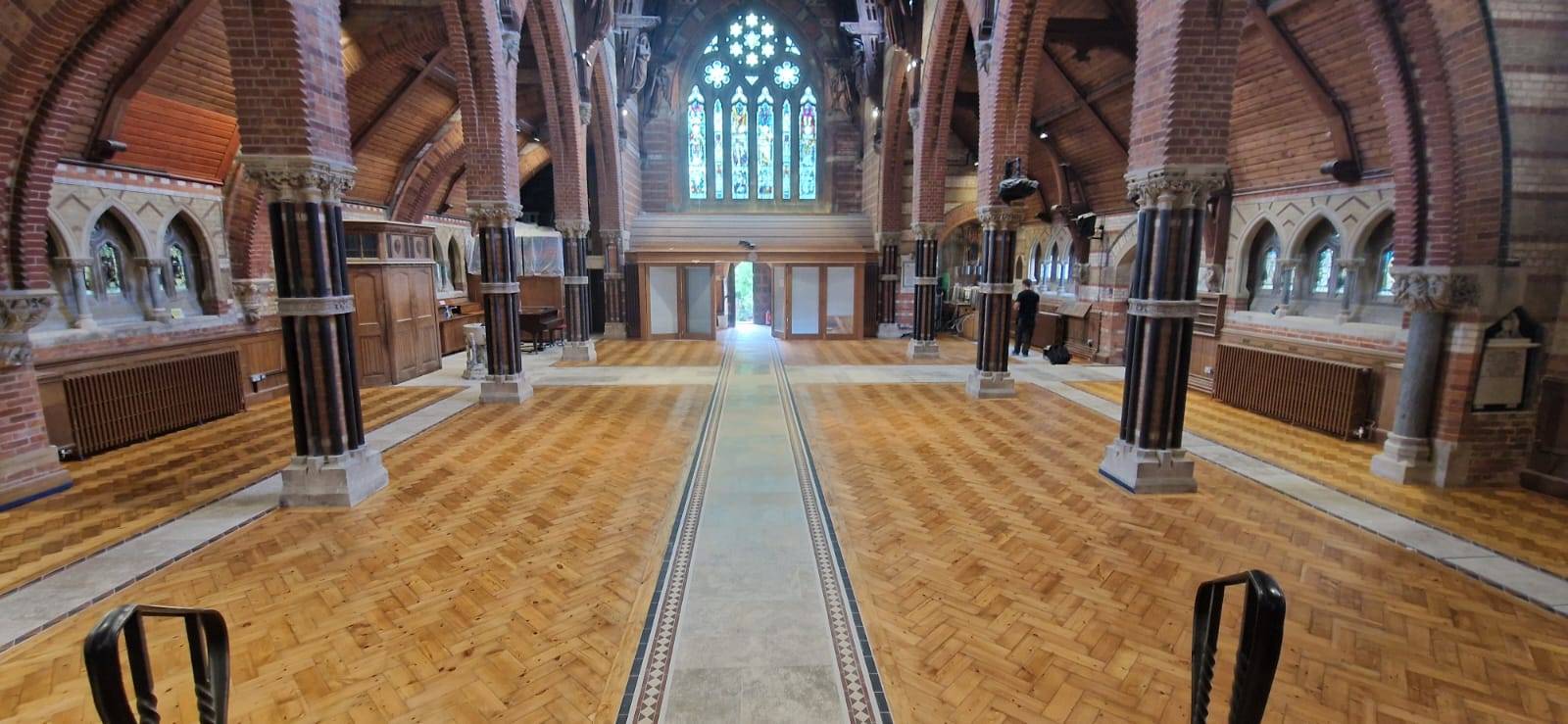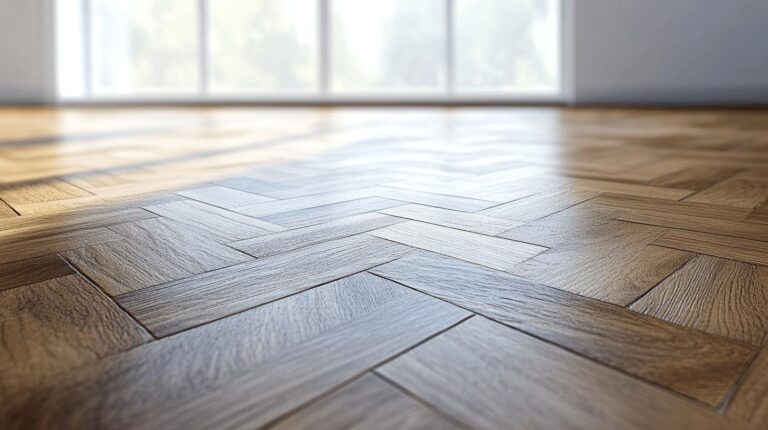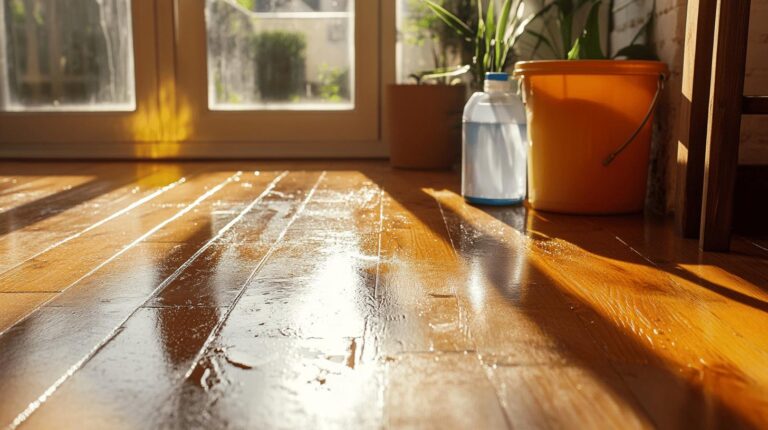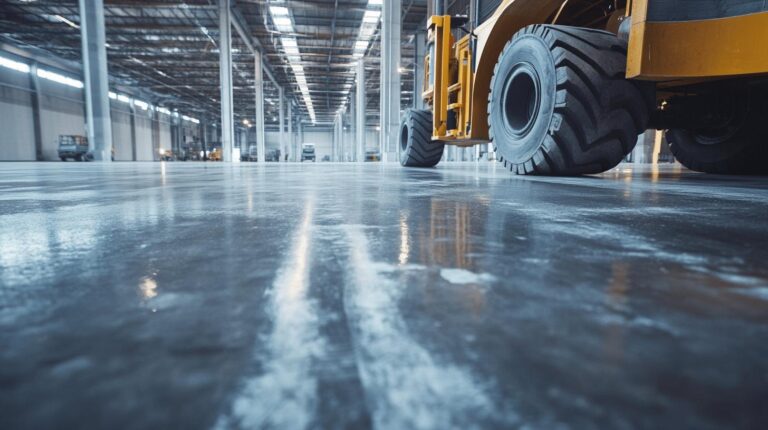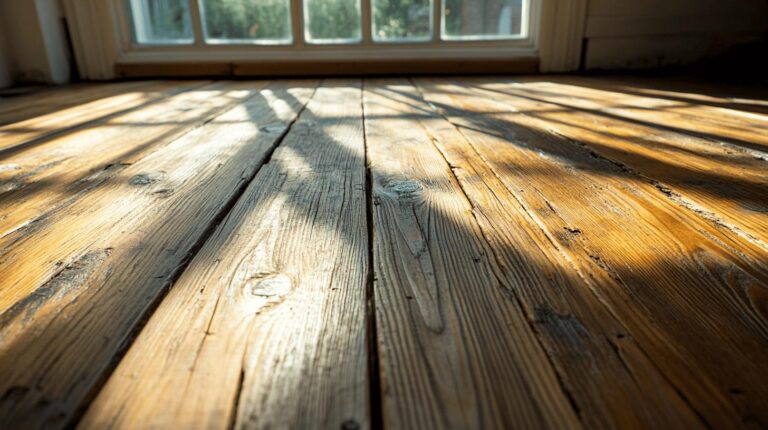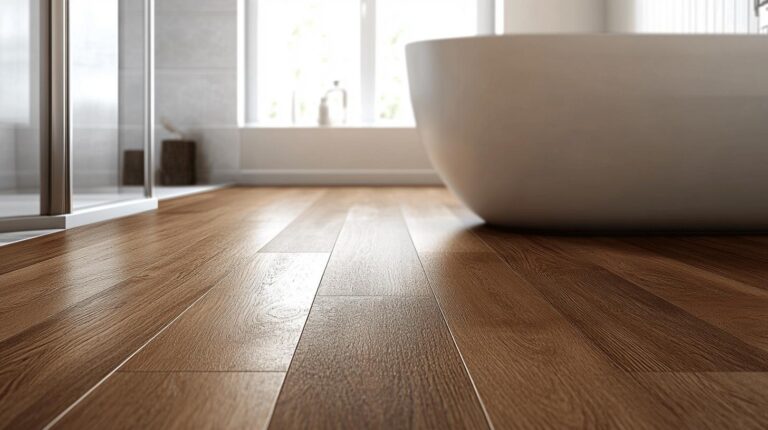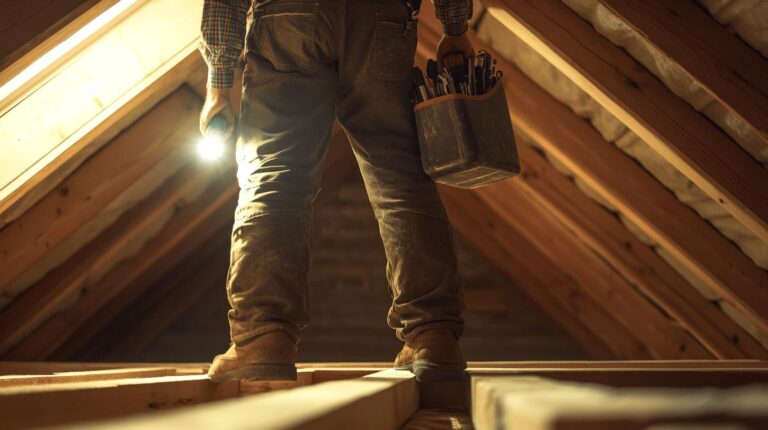Imagine sanding a wooden floor without generating a cloud of dust that lingers in the air, landing everywhere and posing a health risk to your respiratory system. The science of dust-free sanding transforms this once messy and hazardous task into a cleaner, healthier experience. You can drastically reduce airborne dust particles by utilising advanced sanding technology and efficient dust collection systems like those offered by Mirka. Explore how modern sanding solutions not only enhance your floor’s beauty but also safeguard your health and improve the overall work environment.
Understanding the Science Behind Dust-Free Sanding
Traditional floor sanding creates substantial dust as sandpaper abrades the wood surface, releasing fine particles into the air. This process not only affects the quality of air but also leads to a significant cleanup effort, impacting both the environment and the health of those in proximity. The friction between sandpaper and wood generates airborne dust particles, which can pose serious health risks over time, including respiratory issues and potential carcinogenic effects.
Dust-free sanding technology utilises advanced equipment designed to capture dust at the source, significantly reducing airborne particles. Systems like those offered by Mirka incorporate high-quality sanders with integrated dust collection systems that efficiently draw in dust as it is created. This not only ensures a cleaner work environment but also enhances the efficiency of the sanding process by maintaining clear visibility and reducing the time needed for post-sanding cleanup. The result is a smoother finish with fewer imperfections, as the absence of dust allows for a more consistent application of finishes.
- High-efficiency filtration: Captures fine particles effectively.
- Powerful suction: Ensures maximum dust collection at the source.
- User-friendly design: Simplifies operation and maintenance.
- Durable construction: Withstands the rigours of frequent usage.
- Compatibility with tools: Integrates seamlessly with various sanding equipment.
Dust-free sanding significantly lowers health risks by reducing exposure to harmful dust particles. An effective dust collection system minimises the inhalation of wood dust, which is a known respiratory irritant and potential carcinogen. By capturing dust at the source, these systems improve indoor air quality and create a healthier environment for both workers and occupants, aligning with modern health and safety standards in workspaces.
Health Benefits of Dust-Free Sanding
Traditional sanding methods generate a significant amount of wood dust, which is not only a nuisance but a serious health hazard. Wood dust is classified as a potential carcinogen, meaning long-term exposure can increase the risk of developing cancer. Additionally, inhaling fine dust particles can lead to respiratory issues such as asthma or chronic bronchitis. The presence of airborne dust also exacerbates allergies and can cause eye and skin irritation. These health risks make it imperative to address dust generation in restoration and sanding processes.
Dust-free sanding practices offer significant health benefits by minimising exposure to harmful particles. By using advanced dust collection systems, these methods capture dust at the source, reducing airborne particles and improving indoor air quality. This leads to a safer working environment, protecting workers and occupants from respiratory issues and other health complications. Moreover, dust-free sanding aligns with modern health and safety standards, ensuring compliance with regulations and promoting well-being in both commercial and domestic settings.
| Health Risk | Dust-Free Benefit |
|---|---|
| Carcinogenic exposure | Minimizes cancer risk |
| Respiratory issues | Reduces asthma and allergies |
| Skin and eye irritation | Decreases direct contact with irritants |
Cleaner Workspaces with Dust-Free Sanding Techniques
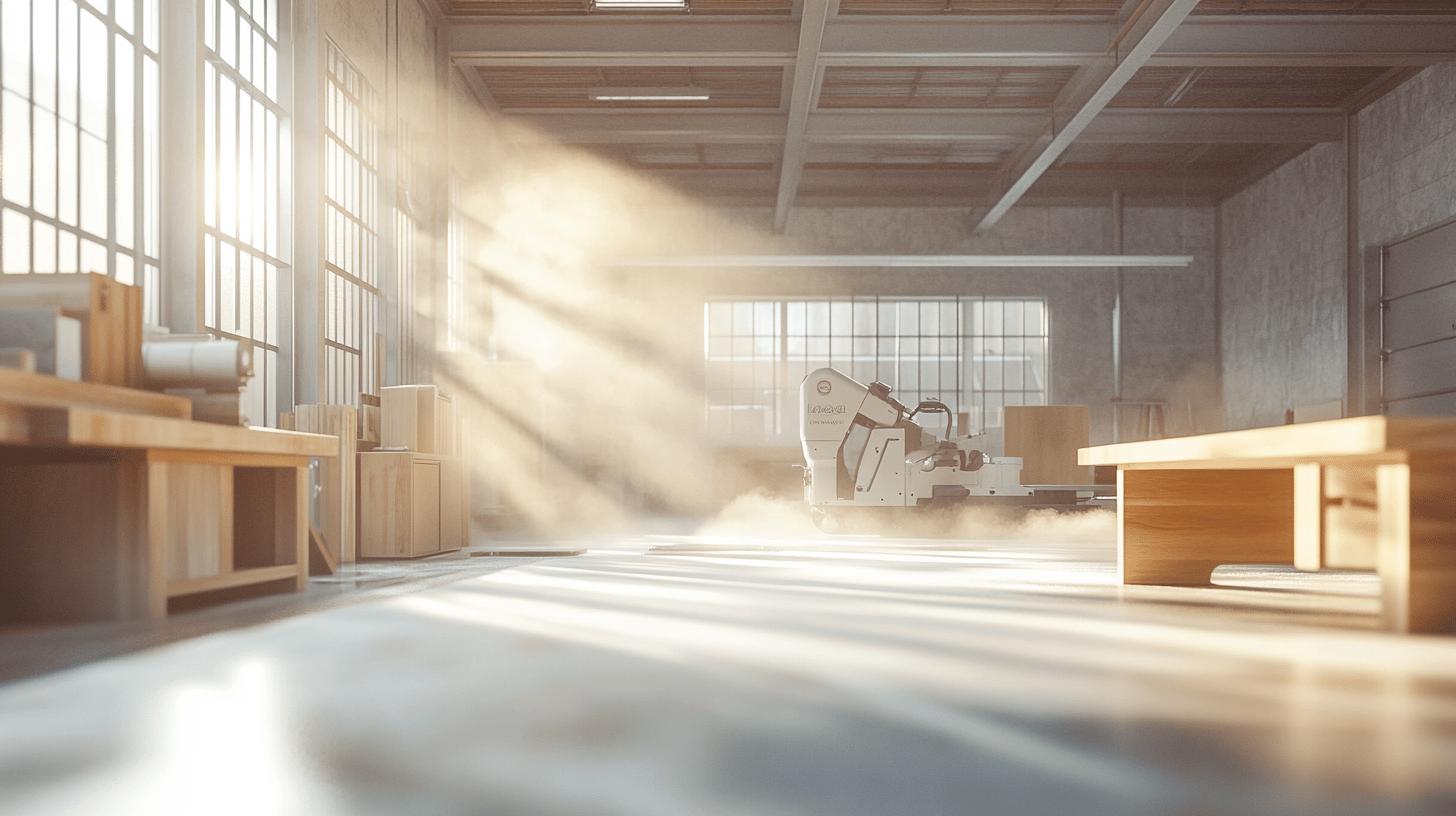
What are the environmental and cleanliness advantages of dust-free sanding? Dust-free sanding significantly reduces dust pollution, creating a healthier work environment. By capturing dust at the point of creation, these techniques prevent the accumulation of airborne particles, which can settle on surfaces and equipment. This not only leads to a cleaner workspace but also minimises the environmental impact of sanding activities. A dust-free environment contributes to improved air quality, protecting both workers and the surrounding ecosystem from potential hazards associated with traditional sanding dust.
How can one maintain a dust-free workspace effectively? Practical steps include using high-quality dust extraction systems that integrate directly with sanding equipment. Ensuring proper ventilation is crucial, as it helps disperse any minimal dust that escapes collection systems. Regularly inspecting and maintaining equipment ensures optimal performance of dust-free technologies. Additionally, sealing off the work area with plastic sheeting can prevent dust from spreading to other parts of a building. Implementing these strategies maintains a clean workspace, enhancing safety and efficiency.
- Conduct daily inspections of dust extraction systems to ensure they function properly.
- Use air purifiers to further improve air quality.
- Implement a routine for cleaning tools and surfaces after each sanding session.
- Seal off non-work areas with temporary barriers to contain dust.
- Schedule regular maintenance checks on sanding equipment.
- Encourage team members to practice good hygiene and cleanliness habits.
What impact does a dust-free workspace have on productivity and quality of work? A cleaner workspace enhances productivity by reducing the time spent on cleanup and allowing workers to focus more on the task at hand. It also improves the quality of work, as the absence of dust leads to smoother finishes and more precise results. Workers are less likely to experience health issues, reducing absenteeism and ensuring projects are completed on schedule. Overall, adopting dust-free sanding techniques fosters a more efficient and effective working environment.
Comparing Traditional and Dust-Free Sanding Methods
Traditional sanding methods rely heavily on manual processes and basic equipment such as rotary sanders and coarse grit sandpapers. These methods often result in significant dust production due to the friction between sandpaper and wood surfaces, releasing fine particles into the air. In contrast, dust-free sanding employs advanced machinery equipped with integrated dust collection systems. These systems use powerful suction to capture dust at the source, effectively reducing airborne particles and keeping the workspace cleaner. The equipment used in dust-free sanding is typically more sophisticated, often incorporating features like variable speed controls and ergonomic designs to enhance user comfort and precision.
Dust-free sanding offers several advantages over traditional methods, particularly regarding health, efficiency, and finish quality. By capturing dust at the source, these systems significantly reduce the inhalation of harmful particles, protecting respiratory health and minimizing the risk of allergies and other health issues. This cleaner approach also enhances efficiency by reducing the need for extensive cleaning post-sanding, allowing for faster project completion. Additionally, the absence of dust during the sanding process results in smoother finishes with fewer imperfections, as dust particles can otherwise interfere with the even application of finishes and sealants. Thus, dust-free sanding not only contributes to a healthier work environment but also improves the overall quality of restoration projects.
Case Study: Dust-Free vs Traditional Outcomes
A real-world example of the benefits of dust-free sanding can be seen in a recent restoration project undertaken by a professional flooring company. Initially, the project employed traditional sanding methods, resulting in significant dust accumulation and subsequent cleanup delays. Upon switching to dust-free sanding systems, the company observed a marked improvement in both air quality and project efficiency. Workers reported fewer respiratory issues, and the project timeline was significantly reduced due to minimal cleanup requirements. The final results showcased a superior finish, with clients noting the enhanced smoothness and quality of the restored flooring. This case study underscores the tangible benefits of adopting dust-free sanding techniques in professional settings.
When choosing between professional and DIY sanding approaches, several considerations should be taken into account. Professional sanding services offer expertise and access to advanced, dust-free equipment, ensuring high-quality results and efficient project execution. However, for those considering a DIY approach, it is crucial to invest in the right dust-free tools and follow proper safety precautions to minimize health risks and achieve satisfactory results. While DIY sanding can be cost-effective, it often requires a steep learning curve and significant time investment, which may not be suitable for all projects. Therefore, assessing the project’s complexity and personal skill level can guide the decision-making process in selecting the most appropriate sanding method.
Essential Tools and Equipment for Dust-Free Sanding
Dust-free sanding requires specialized tools designed to capture and contain dust particles effectively, ensuring cleaner and healthier restoration projects. Key equipment includes dust-free sanders, which integrate powerful dust extraction systems directly into the machinery, reducing airborne dust and maintaining a cleaner workspace. These sanders often feature variable speed settings and ergonomic designs to enhance user comfort and precision. Sanding discs specifically engineered for dust-free use also play a crucial role, designed with optimal grit distribution to allow efficient dust capture. Edge sanders are essential for reaching corners and edges while maintaining dust-free conditions. Additionally, protective gear, such as dust masks and goggles, ensures safety during the restoration process. Continuous belt machinery with mobile extraction units offers advanced solutions for large-scale projects, achieving virtually dust-free sanding through superior dust collection capabilities.
- Dust-free sanders
- High-efficiency dust extractors
- Specialised sanding discs
- Edge sanders
- Protective gear (masks and goggles)
Choosing the right equipment for different project needs is crucial to achieving the best results in dust-free sanding. Consider the project’s scale and specific requirements, such as the type of wood and the desired finish, when selecting tools. Investing in high-quality equipment ensures reliable performance and durability, leading to more efficient and successful restoration outcomes. Ryan’s Restoration is recommended for sourcing top-notch dust-free sanding tools, offering a range of advanced products suited for both commercial and domestic projects.
Final Words
Embracing dust-free sanding techniques revolutionises wood floor restoration by significantly reducing health risks and ensuring a cleaner workspace. The Science of Dust-Free Sanding: Healthier and Cleaner Restorations underscores the importance of using modern technology to safeguard respiratory health and enhance working conditions.
Equipping oneself with the right tools not only elevates restoration quality but also contributes to a more efficient process. Adopting these innovations promises safer, cleaner, and more fulfilling restoration projects, leaving floors and air quality better than before.
FAQ
What are the benefits of dustless sanding?
Dustless sanding offers numerous benefits, such as improved air quality, reduced cleaning time, and enhanced safety by minimising exposure to harmful dust particles. This leads to a healthier environment and better-quality finishes.
How does dust-free sanding work?
Dust free sanding utilises advanced sanders equipped with powerful dust collection systems. These systems capture dust particles at the source during sanding, effectively reducing airborne dust and maintaining a cleaner workspace.
Does dustless floor sanding work?
Dustless floor sanding is effective in significantly reducing the dust produced compared to traditional sanding. It uses specialised equipment that captures and contains up to 99% of dust, ensuring a cleaner and healthier environment.
Does sanding cause a lot of dust?
Traditional sanding does generate a substantial amount of dust due to the friction between sandpaper and wood. Dust-free sanding solutions are designed to capture this dust, significantly reducing its presence in the air.
